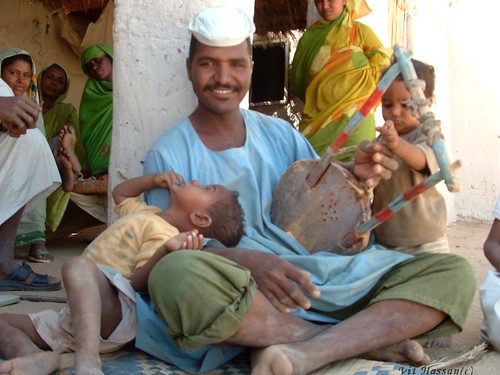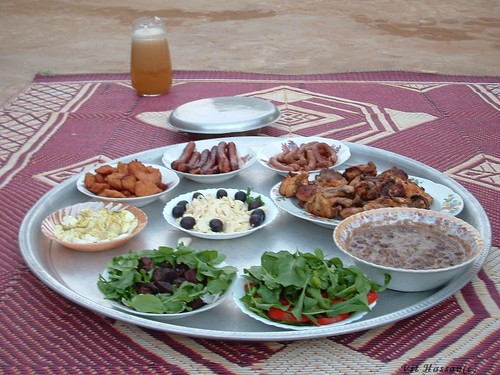Thursday afternoon I arrived at the Railway school feeling tired. Ilana and I had trekked to Nalgonda for the last time Wednesday before and Thursday morning held an unexpected session at Sultan Bazaar, after finding out at 9:30 am that Friday’s scheduled class would not be possible.
When we began the class, Ilana and Asma each had a group of 7 girls editing videos (two computers for thirty girls makes a “stations” approach necessary), while Neha and I took the rest of the students outside for more time using the video camera. At first they were going to interview some of the tenth class students. In recent weeks our girls have conducted several teacher interviews for their final project about choices and decision-making, as well as two fantastic interviews with Google staff members during our recent field trip. (Have you watched Monika’s interview on Vimeo yet??) But after the first interview Thursday I could tell that the eighth class girls needed a change of pace.
So Neha and I divided our students into groups of five and instructed them to create one-minute silent skits of the following scenario: they are in a village and an alien lands there. (Thank you to Mira Dabit, a Palestinian storyteller who shared this idea in my children’s art class in Nablus.)
Amidst giggles and a few “Really, no words??” responses, the girls set to work planning their dramas with little need for guidance. When they were ready, each group performed their skits for the others, with one or two girls filming. All three groups portrayed a scary creature arriving to break up a group of girls working or playing. The actresses reacted to the alien with fear and violence. Here’s an example:
Alien Landing! from The Modern Story on Vimeo.
After watching all of the performances, we applauded all the groups, and I asked the students to separate into their acting groups again.
“Okay!” I declared, “I want you to make a skit that starts the same way: you’re playing in a village, and an alien lands there. But this time, I want you to pretend that the alien is friendly. Show us what happens.”
Looking a bit more pensive but nevertheless full of ideas the girls got back to planning and rehearsing. Again the groups performed with students filming. Here’s the second skit from the same group as above:
The Friendly Alien from The Modern Story on Vimeo.
Coming together for a wrap-up, I asked the girls what emotions we saw in the two sets of scenes. For the first set, they identified happiness in the village, fear when the alien arrived, and anger directed toward the alien. In the latter scenes, the girls identified happiness, friendliness, sympathy, and sadness (when the alien left).
“That’s great,” I told them. “You demonstrated a wide range of feelings in your scenes. So now tell me something…Why are you afraid of aliens?!” The girls burst out laughing and shouted things about aliens being gross or mean or harmful. I asked if they knew any aliens. “In movies!” they replied.
“Sometimes things we don’t know are scary,” I said. “You didn’t know me six months ago…Were you afraid of our class?” Some of the girls ardently shook their heads, while others raised their hands with wide eyes, clearly recognizing the difference between how they felt in August and how they feel about TMS class now. I said something teacher-ish about how much we’d learned and shared with each other, and how even though some things we don’t know are scary, they can be really exciting, too. The girls were silent for a rare moment, looking at me with smiles.
After that we watched the videos they’d just shot and joined the rest of the students in the science lab, where some other girls recited a poem they’d written for me, Ilana, Asma, and Neha:
Railway Girls Goodbye Poem from The Modern Story on Vimeo.
As I listened to our students’ effusive goodbye, I reflected on my own feelings about our class, and how the lessons I really loved teaching were the ones where digital media skills were not the end goal, but the means through which we encouraged the girls to explore their world, to expand their imaginations, and importantly, to express themselves freely. The success we’ve had in those pursuits showed clearly to me during the alien skit exercise. When I left Railway Thursday afternoon I was no longer tired; I was inspired.


























